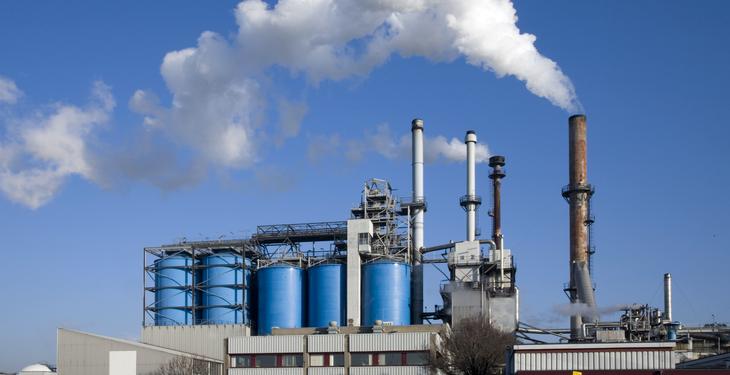The European Union offers member states at least 45 billion euro through the EU ETS to meet its climate targets for 2030, according to a study by the European Roundtable on Climate Change and Sustainable Transition (Ercst) and Central Europe Energy Partners (CEEP).
According to the document consulted by energynomics, if the value of an ETS allowance is of 20 euro (the minimum scenario), Romania has at its disposal until 2030 about: 2.5 billion euro via the Solidarity Provision, another at least 1.87 billion euro from Article 10c Derogation, about 756 million euro from the most important and newest facility- the Modernization Fund, which can receive also money from the other facilities and in which case Romania can rise up to 5.3 billion euro, and an unspecified amount from another facility called the Innovation Fund.
The funding scheme provides the allocation of EUR 20 billion for the EU-27 via the ETS (Emissions Trading System) which offers about EUR 16 billion through the Solidarity Fund, around 13.2 billion through the Derogation from Article 10c, approximately 6.3 billion through the Modernization Fund and EUR 10 billion through the Innovation Fund.
If the cost of certificates increases to 35 euros, the funds allocated will rise accordingly. Thus, the total amounts grows to 80 billion euro, the Solidarity Fund, to 28.5 billion, the Article 10c Derogation, to 23 billion, the Modernization Fund, to 11 billion (but this fund can receive some reallocations from the others facilities) and 17.5 billion euro through the Innovation Fund.

